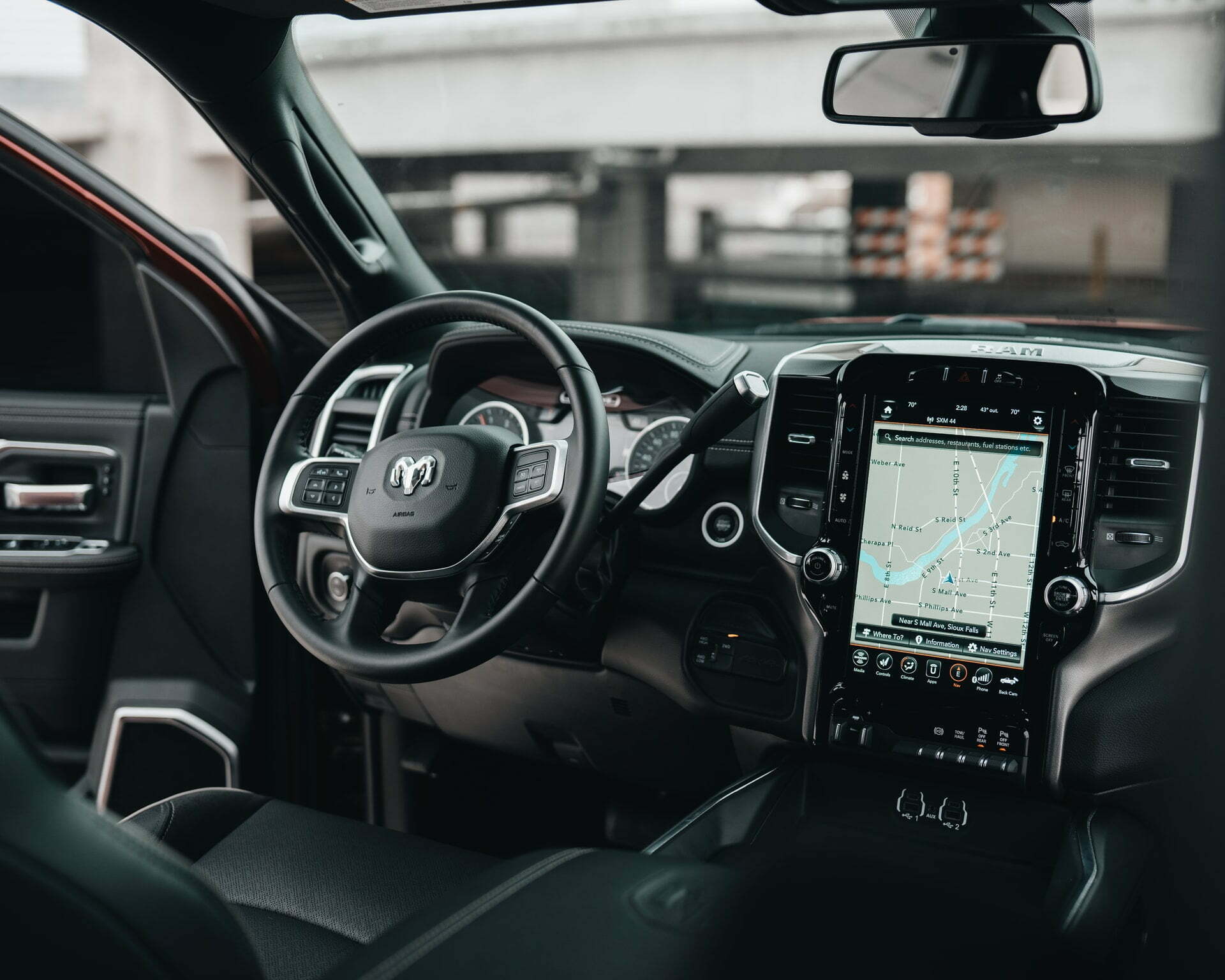Once upon a time, self-driving cars seemed like the stuff of fantasy. However, the current driver-technology, cameras, sensors, and data from machine learning have made this far-out dream more of a reality. Though there’s always a need for a human driver, there’s still so much to learn about self-driving vehicles and the advantages they have. Keep reading to explore more about self-driving cars and determine if this technology is the right fit for you in the future.
Dismantling Misconceptions

Though self-driving car technology exists, there are no completely autonomous cars yet. Many self-driving vehicles simply contain the technology to assist drivers in specific circumstances like highway driving, lane-keeping assist, and parking capabilities. All of these self-driving features are constantly developing. It’s also worth noting that even with this incredible technology, the human driver still needs to remain present and alert while the vehicle operates with these features.
Maybe you’ve seen a video of a Tesla driving itself and are wondering how is this not considered self-driving? It’s a bit more complicated as the system that’s being used within the Tesla’s computer was created for a specific condition, such as driving on the highway where you don’t encounter as many variables (like pedestrians, stop lights, and cyclists). When you add in these variables, the self-driving capability becomes more complex and likely needs human intervention or more sophisticated algorithms that are currently in the development stage. The SAE’s (Society of Automotive Engineers) has compiled standards for the levels of automation that breaks down the ability of each system.
Understanding the Statistics

When it comes to the safety of self-driving vehicles, you should take a look at the self-driving car accident statistics. Companies like Google’s Waymo, Uber, and many others have already logged data from millions of miles of driving on public roads. In combination with these logged miles of data, these vehicles are also equipped with expensive sensor systems and computers that make self-driving vehicles much better at predicting accidents than conventional vehicles.
Currently, car manufacturers are integrating these autonomous features without going fully autonomous to prevent accidents caused by human error. Systems like highway driving, lane departure warnings, and adaptive cruise control are put into their vehicles as advanced driver assistance systems and have contributed to a 50% reduction in forwarding collisions, 14% reduction in lane-change crashes, and 78% reduction of reversing crashes. These statistics are estimated to only get better as these autonomous features and their machine learning algorithms continually improve. In turn, this technology will hopefully continue to reduce the fatality rate and a number of car accidents too.
How the Tech Works

Now it’s understandable that the world of autonomous vehicles seems daunting to understand. To put it simply, different systems work together to form the technology that self-driving vehicles use. These vehicles use sensors (like cameras and radars) that are physically attached to the car’s body. They use the information from these sensors along with present-day applications for machine learning to detect objects and create spatial awareness.
From this repeated detection, the computer will use predictive analytics to allow the self-driving cars to perform an output for a specific scenario. This is a big advancement because it allows vehicles to avoid certain markers, like lane-lines or speed limits, that human error has more of a tendency to lead to.
Overall, the public should always be ready to explore safer ways to approach their lives, especially in the case of driving which causes road users many accidents and fatalities every year. While self-driving vehicles and their technology advance over the years, conventional vehicles will slowly become integrated into every car so that they all can include more of these incredible features which will undoubtedly keep drivers safer than ever before.









